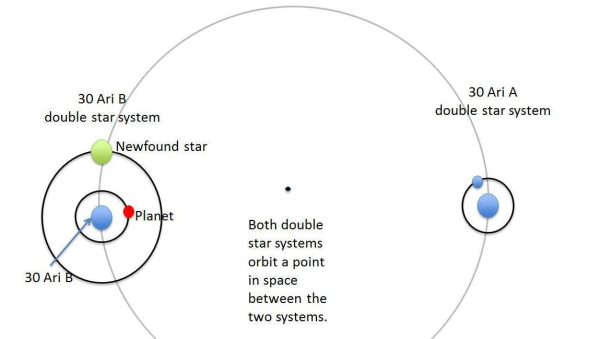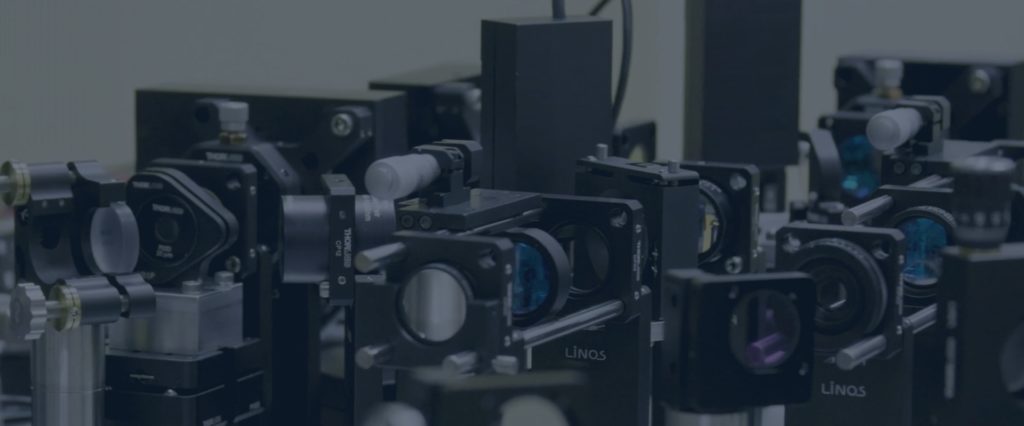If you’ve been hiding out in the lab, constantly checking your March Madness bracket, or escaping the cold to find any ounce of warmth (like me!), chances are you may have missed some exciting news. March turned out to be quite a busy month in the Adaptive Optics world, so here’s what you missed:
1. Exoplanet imaging in under a minute
At the recent AAAS 2015 annual meeting, Bruce Macintosh from Stanford University and Principal Investigator for the Gemini Planet Imager (GPI), discussed that there are over 1,000 confirmed planets due to the help of Adaptive Optics. In order to start really understanding a planet and its characteristics, you need to look at the composition of its atmosphere. Astronomers have relied heavily on the adaptive optics technique, allowing for distortion correction of the atmosphere using a deformable mirror. This has had proven success in regards to GPI, which uses a BMC deformable mirror (4K-DM), as part of its adaptive optics system. It can image planets in about a minute, which used to take up to an hour! GPI recently imaged the HR8799 star system, with three orbiting planets. Since November 2013, GPI has imaged 600 stars and identified 50-60 new planets.
2. 2nd quadruple star system discovered
More exciting news from the Astronomy world was the discovery of a massive planet with a quadruple star system only 125 light-years from Earth. Discovered by the Jet Propulsion Laboratory, they were able to detect the fourth star after fitting the telescopes at the Palomar Observatory with a Robo-AO adaptive optics system. Utilizing the AO technique allowed astronomers to pick up on the faint star that couldn’t be seen before. Below is a diagram illustrating the discovered Ari 30 alongside its pair in a binary systems. Before this detection, only one other planet in a quadruple star system had been discovered before. More sightings are being predicted as exoplanets are found, with the help of Adaptive Optics systems of course!

3. The most valuable brains
Congratulations to Scientists Winfried Denk, Arthur Konnerth, Karel Svoboda and David Tank for being awarded the world’s most valuable neuroscience prize, The Brain Prize, for the invention and development of two-photon microscopy! Two-photon microscopy is helping researchers to understand the human brain and how its networks process information, such as nerve cell communication. It has also enabled the study of nerve cells that control vision, hearing and movement. Recent work has been carried out to implement adaptive optics systems on two-photon microscope systems around the word, including locations such as the Howard Hughes Medical Institute, Institute Langevin at CNRS and Boston University. Standing on the shoulders of giants to improve imaging of the brain with AO!
Now that you are caught up with some of the biggest achievements using Adaptive Optics this past month, check out all of our deformable mirror products that are used in AO instruments like GPI on our website. Questions? Looking for a deformable mirror that will fit your needs? Contact BMC here.
AO 101 Whitepaper
Looking to learn more about Adaptive Optics? Download our whitepaper to learn the fundamentals and how our customers are implemeting our DM’s into their AO systems.
Article links:
Telescope tech lets us Look directly at new worlds
Spotted: A planet 10 times the size of Jupiter with four suns
Two photon Microscopy inventors awarded the most valuable neuroscience prize
Check more
Related Articles

Defense TechConnect Conference and Expo: Fun in the Sun with the MRR
Last week I was fortunate enough to be able to parade BMC’s Modulating RetroReflector (MRR) in front of multiple audiences affiliated with the Defense community at the Defense TechConnect (DTC) Conference and Expo in Tampa, Florida.
# Adaptive Optics Scanning Laser Ophthalmoscope 11.01.2018
Read more
MiFoBio 2018: AO Microscopy in Action
Recently, Boston Micromachines sponsored MiFoBio (Functional Microscopy in Biology), an event that brought together the microscopy community, academics and professionals alike, to attend courses and workshops that explored the understanding and current trends of biological imaging.
# Adaptive Optics Scanning Laser Ophthalmoscope 10.16.2018
Read more
